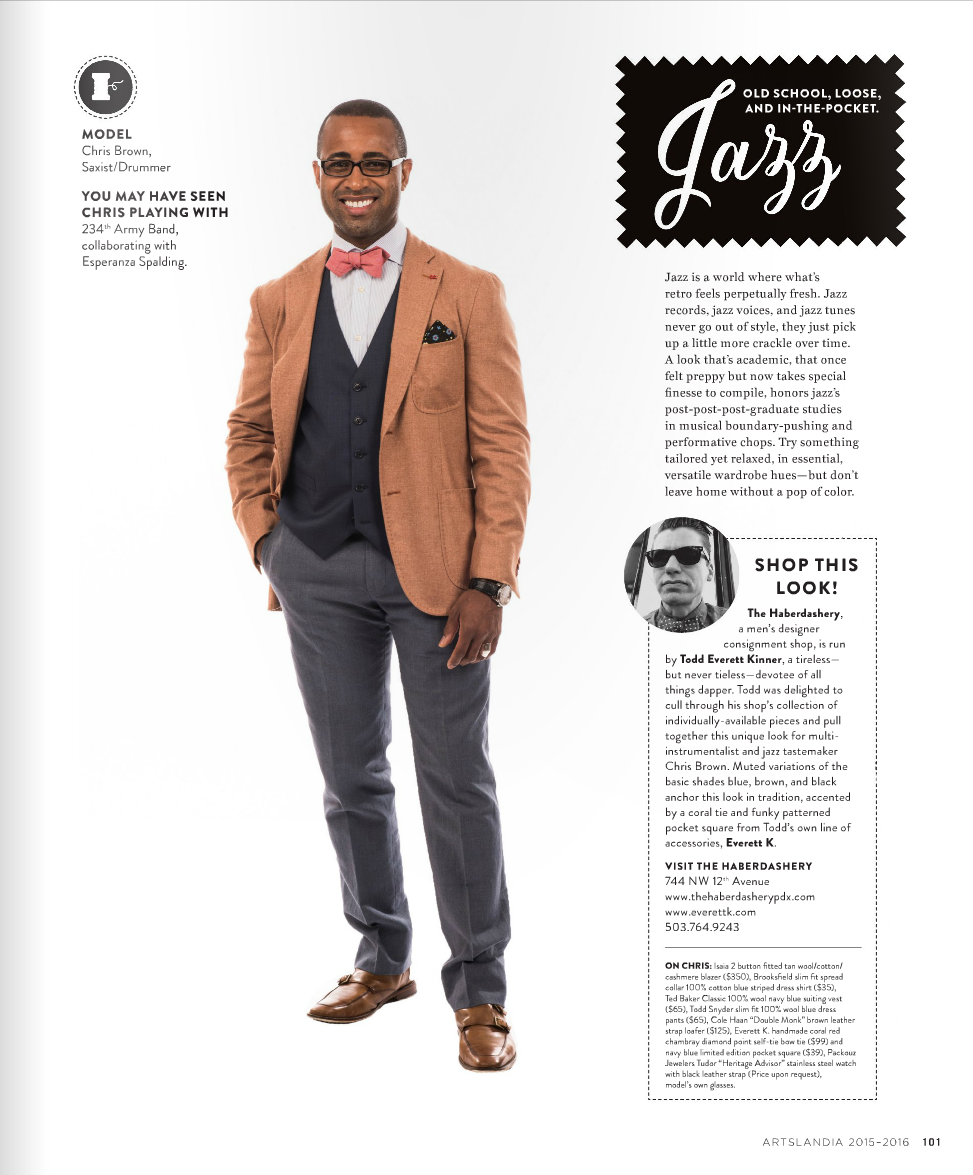The Doors: Re-contextualizing how we evaluate risks.
There was something I was reading a while ago that was related to existential flex’s in business, and how to think about navigating the risks involved. And the analogy used was that of two doors, where if one allowed you to walk back and forth through it, the other was designed with a doorknob on only one side. In other words, the first door would be a proxy for making an unlimited number of mistakes while the second would only allow you one shot. But this now begs the question of how to adequately tell the difference between the two when faced with important decisions to make.
So much of what’s required in achieving anything requires the ability to separate fact from conjecture. And the longer it takes for a person to clearly delineate the two from each other, the more fear has a chance to gain momentum by allowing our brains the time needed to create a compelling story that can justify why we’re dragging our feet. And if you’ve ever heard Mel Robbins’ talk about her “five second rule,” you’ll understand that there’s an evolutionary reason for why fear is amplified the longer you pause, which you can view here.
Story time…
Given that the name Marine has a connotation of water, means that you can’t become one unless you know how to swim. So when my platoon in basic training got to the swim qualification portion, the first test we had to pass was jumping off of a high dive into the deepest end of our swimming pool (probably about 14 feet deep), and with a bunch of our gear on (helmet, rubber M16, large backpack, and boots). And I remember thinking that there was no way I’d be able to swim back to the top with all that on. But what got me over the fear was being able to quickly realize that the worst-case scenario was probably the least likely case scenario, as the pool had plenty of instructors in it. And even if I did pass out from taking on too much water, they’d simply revive me on the side of the pool. So the question then became, “am I willing to pay this price of discomfort to become a Marine?” And once I told myself yes, I was able to move forward. So this was clearly a door #1 scenario.
Another example was when I was about to leave the Marines at age 22, and I had the choice to either try my luck with the unknowns of the NYC area or simply return home to the familiar surrounding of Portland, OR. And while the second option would have been 100 times more convenient, I knew that I’d always kick myself for not trying my luck out East. So again, because I was willing to pay the price of discomfort for an opportunity that I felt had way more upside than going back home, this too became a door #1 scenario. Was it nerve wracking? Yes! Was it worth it? Hell yeah!! And if I had to do it all over again, I absolutely would.
The funny thing is that as I’ve gotten older, I have found myself at times plagued with confusion as to whether or not certain opportunities were actually a door #1 or #2. But what continues to help re-center my perspective is when I remember that the only things in this world that actually constitute a #2 is the loss of life and limb. So in reality, any hesitation outside of that is really a response to the feeling that one might not have the physical stamina to go the distance to fight for what they say they want. That said, I’m sympathetic to why people can’t tell the difference between these two doors. Meaning, if we’re already fighting daily battles within our respective arenas, the thought of not having enough energy for those things—let alone the extra needed to stretch towards something more—can lead us to falsely project that something might be a #2 when it really isn’t.
Suggested Takeaway’s…
a) Outside of the loss of life or limb, everything is actually a door #1 scenario. But if it feels like a #2, then it’s only because you don’t have enough minds around you who are capable of seeing variables and strategies that you can’t currently see.
b) Everything we do requires energy. Therefore, the greater your physical capacity for discomfort, the greater your mental capacity will be for tolerating discomfort, as the mind will always tap out before the body does. So this is why physical exercise is such an incredible value add in our lives, and in more ways than any of us will ever fully comprehend.
c) A lot of our risk assessments are predicated upon our conception of reasonability, which is nothing more than an issue of comparison. Case in point, the 4-minute mile.



